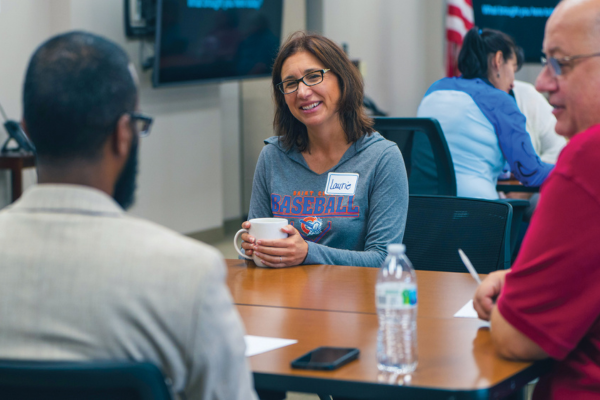The Struggle to Supervise Principals
June 01, 2016
My View
Early on in my career as a superintendent, I struggled to supervise school principals effectively. That important responsibility took a back seat to the pressures of responding to the needs of the board of education, constructing the annual school budget, dealing with capital improvement plans and bond issues, and negotiating with collective bargaining units, as well as addressing the never-ending political issues of education.
Consumed by those duties, I rarely found time to spend with the principals on their turf except to “show the flag” at school plays, concerts, athletic events and, of course, moving-up exercises and graduation — all nice and expected but too far from the classrooms where teaching and learning take place.
Through my involvement in professional organizations, I encountered theories and research that informed my practice and challenged me to leave my ivory tower for the ground.
Visible Presence
The first change I made was to schedule visits to all the schools in the district. This was prompted by an encounter with the Management By Wandering Around concept popular in leadership literature. Walking through the halls and into classrooms and sharing observations with the principal was a critical start to efficient management. The new approach initially felt awkward, but I soon became comfortable regularly popping into classrooms. These visits led me to share research on best practices with the building leaders. The more present I was in the schools, the more positive the professional relationships with faculty and staff became.
Clearly, to be an effective supervisor I had to be more visible in the district’s schools. To that end, when my school visits overlapped with lunch, I often ate in the teachers’ lunchroom. I shadowed a couple of students for a day, followed a student’s schedule during the school’s open house and scheduled monthly visits to each school. Some of these activities may sound contrived, but they flatten the hierarchy and diminish the perception of the superintendent as a distant boss, in turn building a climate of trust and cooperation.
“The Principal Perspective,” a 2012 report by the Center for Public Education, identified the difference between effective and ineffective principals. Effective principals provide support throughout the school year via ongoing and informal meetings with teachers. Rather than depending on infrequent formal evaluations to provide feedback to teachers, effective principals make frequent and spontaneous classroom visits and provide immediate feedback. Ineffective principals, on the other hand, make preplanned classroom visits and rarely provide follow-up feedback to teachers.
Exercising Influence
The same can be said for superintendents. Findings support the importance of frequent interactions and immediate feedback to those we supervise. Despite countless other responsibilities, superintendents cannot supervise principals from a distance. Superintendents must invest time to develop professional relationships with their principals to be effective managers and true instructional leaders. They must communicate the importance of this function by making principal supervision a top priority.
Of all a superintendent’s responsibilities, supervising school principals is the most effective way to exercise influence over the overall quality of instruction. It requires direct interaction with and observation of the principals, along with a genuine commitment to enhancing the quality of their instructional leadership and overall administrative skills. The resulting synergism is powerful and rewarding for all involved.
Advertisement
Advertisement
Advertisement
Advertisement


